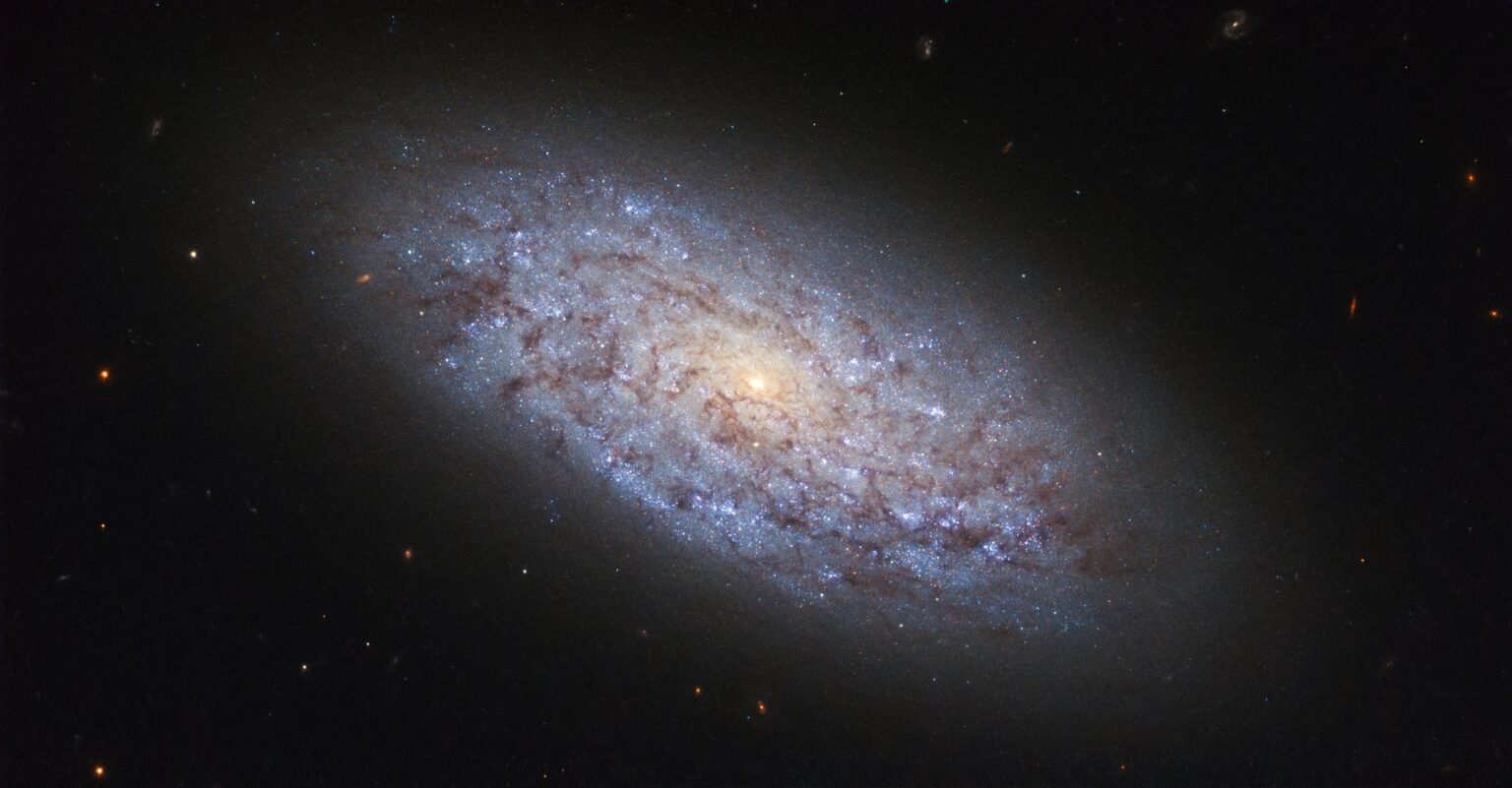Chinese researchers have drawn attention to the dwarf galaxy VCC 322, located in the Virgo cluster. It interacts with two similar small systems, and scientists could see how this happens.

Dwarf galaxies in the Universe
A team of scientists led by Lan-Yue Zhang from the University of the Chinese Academy of Sciences in Beijing, China, recently explored the dwarf galaxy VCC 322. This star system shows signs of interaction with its neighbors, so astronomers decided to take a good look at what happened to these star systems.
Dwarf galaxies with a mass of up to 5 billion solar masses make up the majority of star systems in the known universe. It is believed that their merging is largely determined by their more massive neighbors. At the same time, large galaxies may have once formed from such small objects.
Scientists believe that the merger of dwarf galaxies occurs at all redshifts. That is, they have always interacted with each other from the very formation of the first stars. Another thing is that it is very difficult to see this process at long distances and therefore each such observation is very valuable.
How does VCC 322 interact with neighbors
VCC 322 weighs about 90 million suns and is located in the Virgo cluster. The latter is the largest cluster closest to the Milky Way. It contains many such small systems. Therefore, it is not surprising that not far from the galaxy that scientists are interested in, there are two more with which it interacts: VCC 319 and VCC 334.
In order to study them, scientists used the Canada France Hawaii Telescope (CFHT). It gave them the opportunity to conduct broadband images of this galaxy. After that, these data were supplemented with data from the Dark Energy Camera (DECam) on the Blanco 4m telescope.
What did the observations show?
Observations have shown that VCC 322 has a noticeable long straight tidal tail. The size of this tail is comparable to the main galaxy, and its age is estimated at about 10 billion years. At the same time, most of its mass is represented by old luminaries. However, a few old luminaries make this system noticeable.
Further analysis of the data shows that VCC 322 is a disk galaxy, whereas VCC 319 is an early type object. In addition, VCC 319 seems to show isophotal twisting, indicating that it probably interacts with VCC 322.
Observations also revealed constant star formation activity in VCC 322. However, it seems to be suppressed in this galaxy compared to other known systems of similar mass in the Virgo cluster. The authors of the article suggest that the push caused by the merger/interaction probably causes the gas to heat up, suppressing star formation activity in VCC 322.
According to phys.org
Follow us on Twitter to get the most interesting space news in time
https://twitter.comne/ust_magazine


